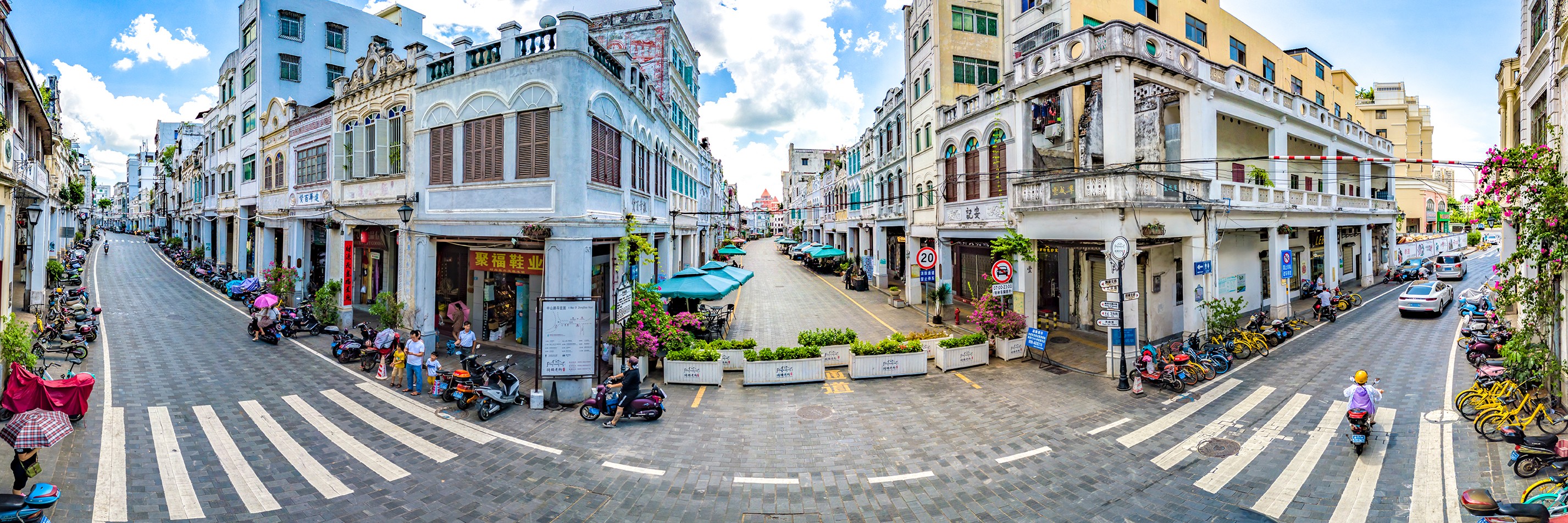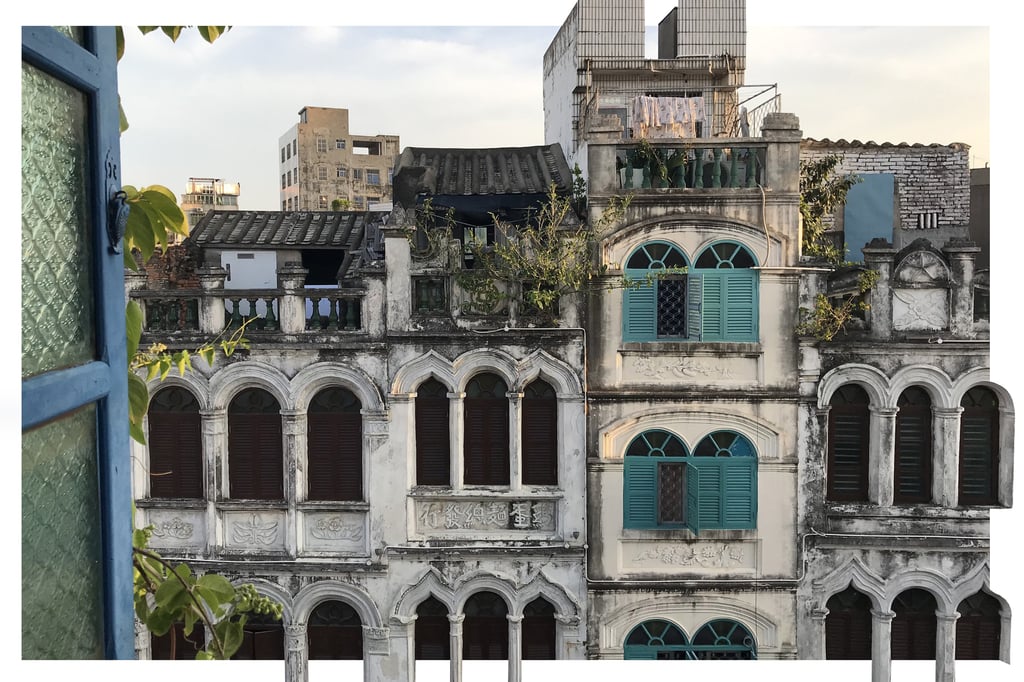

- Aisin-Gioro Heng-rong, cousin of Emperor Puyi – China’s last emperor – lived with husband in Haikou’s distinctive architectural area until her death in 2003
- District – with ground-floor shops, verandas and residential floors above – has become trendy destination for locals and visitors since it reopened in 2016
While most travellers flock to Hainan to enjoy its sandy beaches and stunning mountain and rainforest scenery, some decide to explore the sites of its lesser-known historical architecture – including qilou, or shophouses – and discover the fascinating stories behind them.
10 things you may not know about Hainan
The city of Haikou’s distinctive qilou architecture – balcony-style tenement buildings for residential and commercial use once found throughout Southern China – features an eclectic mix of Western and Southeast Asian influences.
The buildings, with ground floor areas reserved for commercial use, including a continuous roofed veranda with supporting pillars for pedestrians in front of a shop, and multi-storey residential floors above, were mostly constructed in the early 1900s.

Qilou Old Street, featuring more than 600 buildings along more than 30 streets, covering an area of 25,000 square metres (270,000 square feet), is home to China’s largest remaining qilou area.
